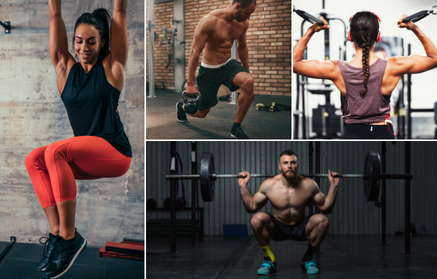Table of Contents
Your goal is to shape your muscles. You have a diet focused on fat loss and all the necessary supplements prepared. Now, all you need is to prepare your training program and you can get started!
How to train to lose fat? What are the best exercises you should include in your training? What splits are best to use? How much cardio do you need to include in your workout regime? How many days do you need to relax to make your muscles regenerate? The information available varies and is often contradictory, because what applies to someone may not apply to yourself. So, how can we make up a training plan at all when it can affect everyone differently?
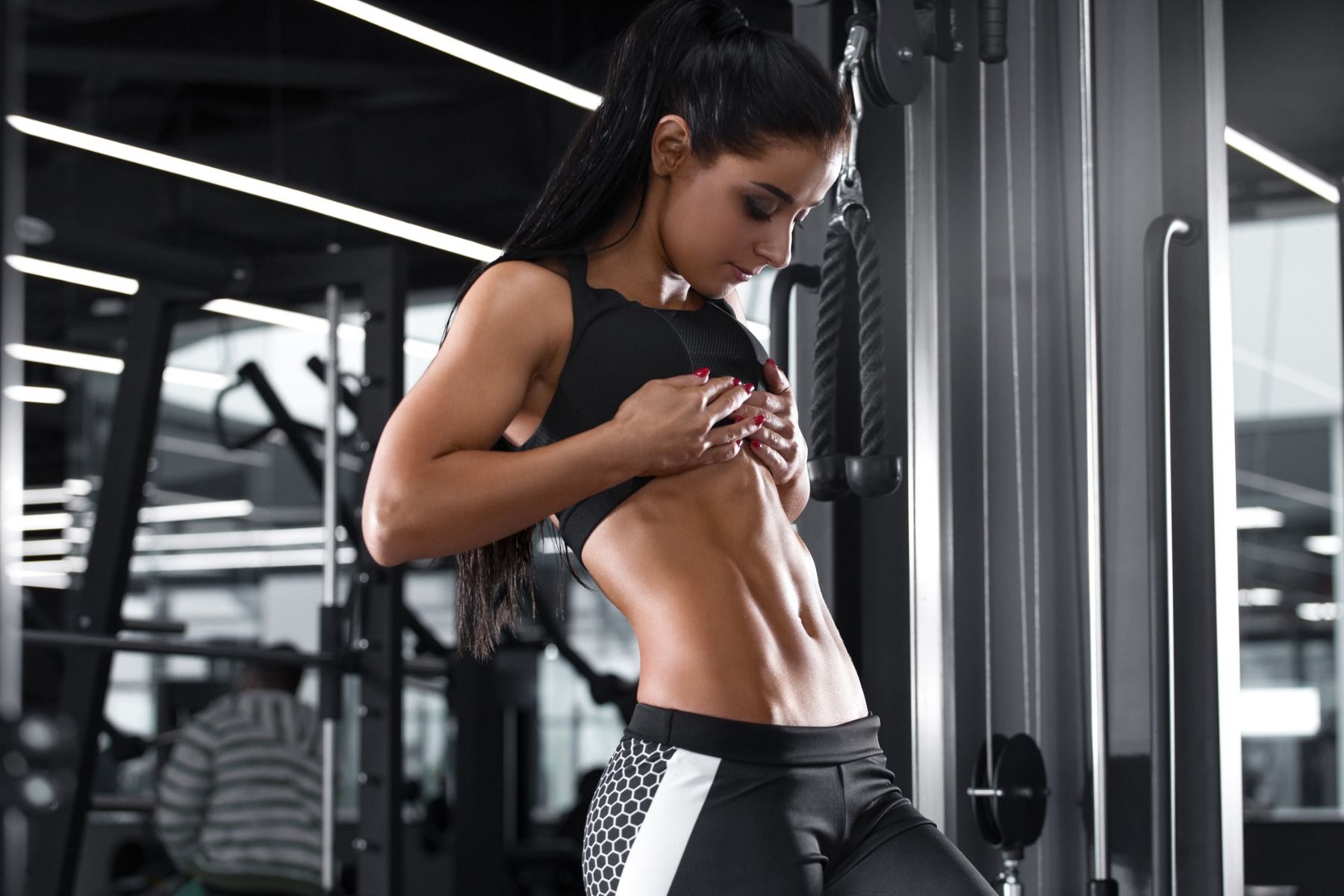
While everyone has their individual methods of training for fat burning, there are several training methods, techniques, and exercises that are effective for everyone, no matter who they are or what their training history is. Resistance training is an essential part of fat loss training and is much more effective than cardio. In fact, you don’t need to do cardio workout to shape your muscles.
Here are 8 exercises that everyone should involve in their training:
- Squats
- Deadlift
- Power Clean
- Bench Press
- Barbell Bent-Over Row
- Pull-ups
- Military press
- Parallel bars cranks
Recommended series/repeats: 3 series of 12 reps are recommended for each exercise. 30 seconds break between each series to maintain intensity and increase heart rate, which is optimal for fat loss.
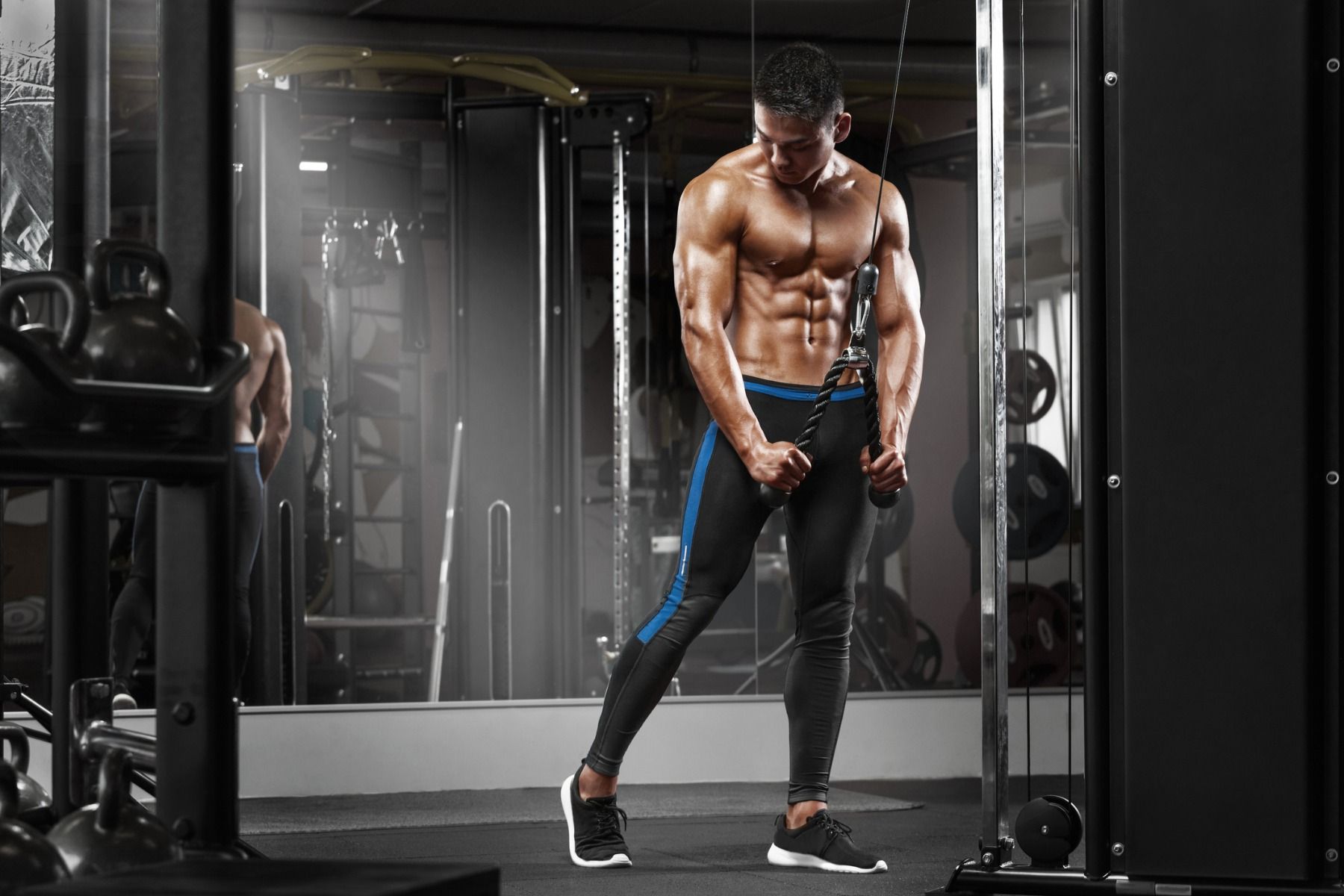
Each exercise is a comprehensive, multi-joint exercise that ensures that your workouts are as effective as possible for fat burning, using multiple body parts, including those that can’t get equally tired of isolated exercises. Ironically, these exercises are exactly the ones that will help you build as much muscle mass as possible – the only difference is the number of series and reps, and also the break between each series.
You might be interested in these products:
In this article, we will simply describe each exercise and guide you through examples of training splits for beginners as well as experienced exercisers.
1. Squat
Squat is the king of all the exercises. Squats are able to hit most of the body’s muscle groups, focusing on the centre part of the body and large muscles in the lower body. The more muscle mass and motor units involved during exercise, the better the exercise for fat burning. Squat is one of the best exercises for this. You can include multiple varieties of squats if you want to exercise different muscle parts. Front Squat concentrates more on quadriceps, while the Back Squat, which is more recommended than the front squat (as it engages more muscles), uses more buttocks and hamstrings.
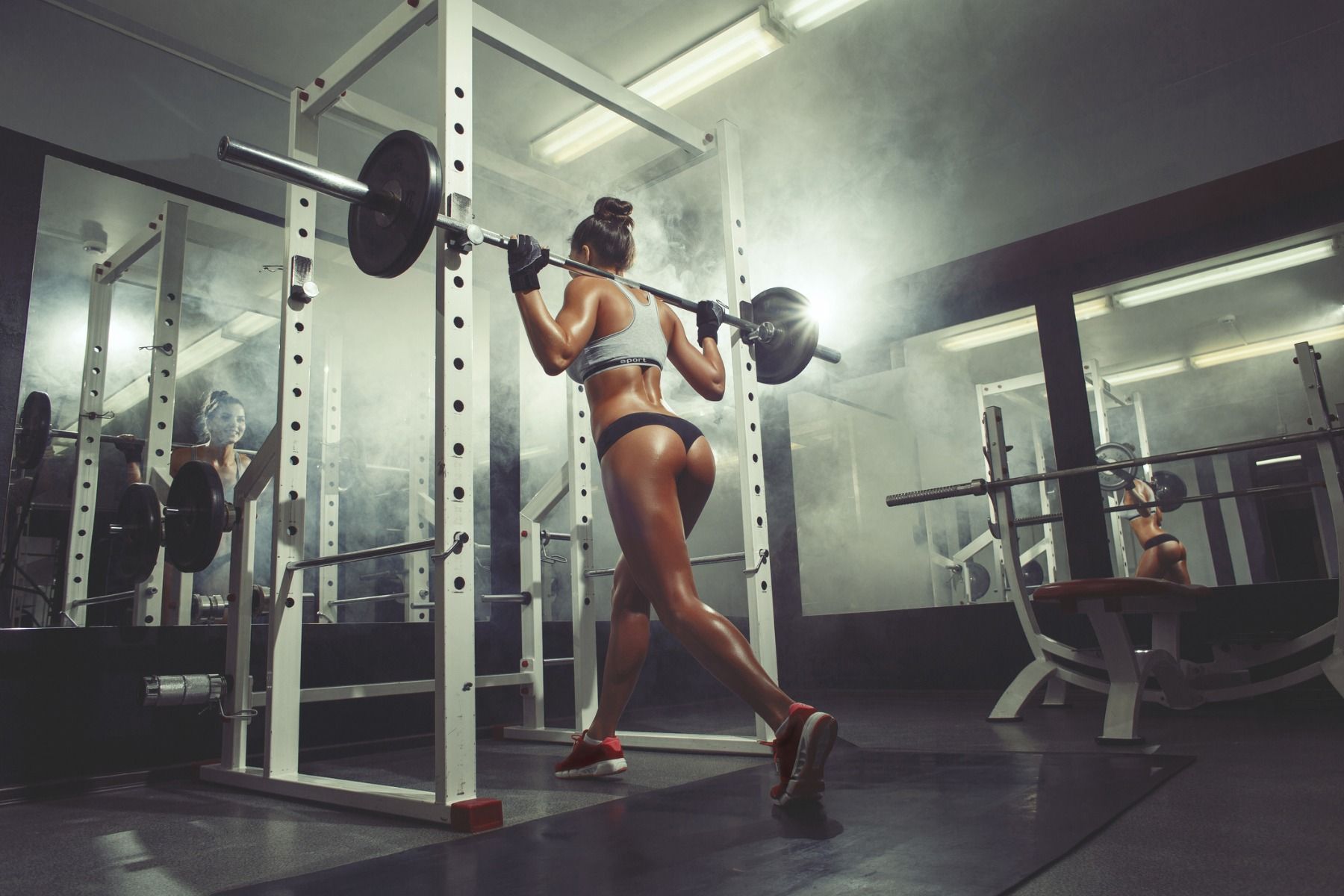
Changing the width of your posture while doing squats will also affect which muscles will work more: with narrow posture, you exercise rather quadriceps, while with wide posture, you focus on buttocks and hamstrings. The “Sumo” posture is focused on the inner thighs. When doing squats, you can use a big dumbbell, one-arm dumbbell, fit ball or your own weight. Whether you use your own weight (dumbbell or one-arm dumbbell) or machine (Smith’s machine) will define the squat efficiency. Ideally, when doing squatting, you go so low until your thighs are parallel to the ground. However, some people who are tall or have long legs cannot do squat in this way. But that is also fine. Make the squat so deep that you feel comfortable, your posture is correct, and the intensity is high enough.
2. Deadlift
If the squat is the king, the dead lift is the queen. Deadlift does not exercise the back only, but the entire centre of the body, at the same time engaging and strengthening the large lower muscles. From the shoulders down to the sides and legs, with an emphasis on the buttocks, thighs and abdomen, thus reinforcing the uprighters and lower back.
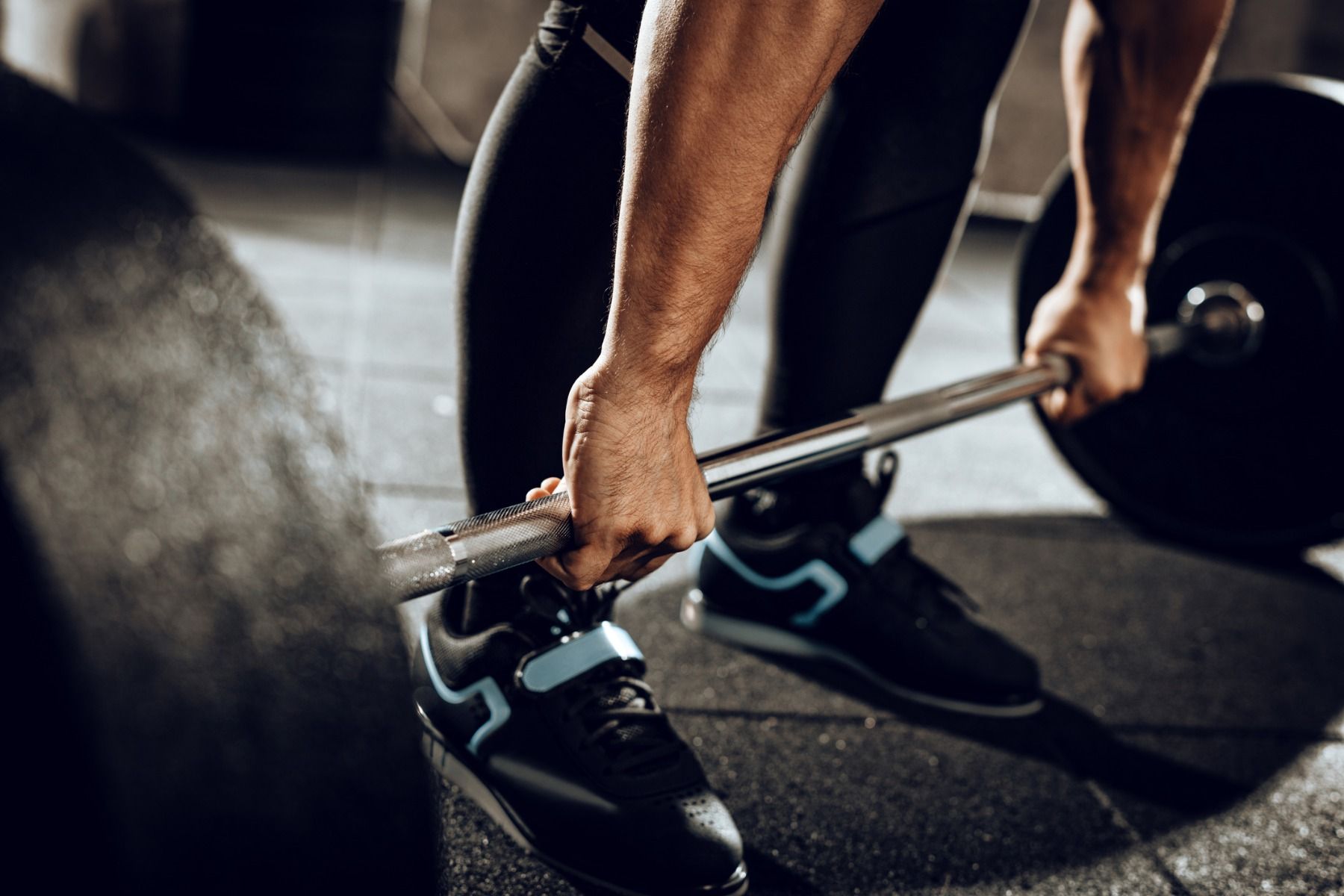
This exercise is very important because the lower back is usually a very weak muscle part, responsible for instability, injuries and other problems. Depending on the strength of your wrists, it is up to you to use straps to help strengthen your grip on heavy weights. However, there are several hand positions that you can try – for example, an alternating grip (one hand with the palm facing forward, the other with the palm back). With deadlift, you can also use straps.
3. Power Clean
This exercise involves similar muscle parts as a deadlift, but without the possibility to lift such heavy weights. Power Clean is a complex exercise involving the lower leg, quadriceps, buttocks, upper back and deltoid muscles. It’s no surprise that power exercises are one of the most effective ones you can use here. Power clean is a very challenging exercise, but if done properly, it can be a real benefit on your way to losing fat.
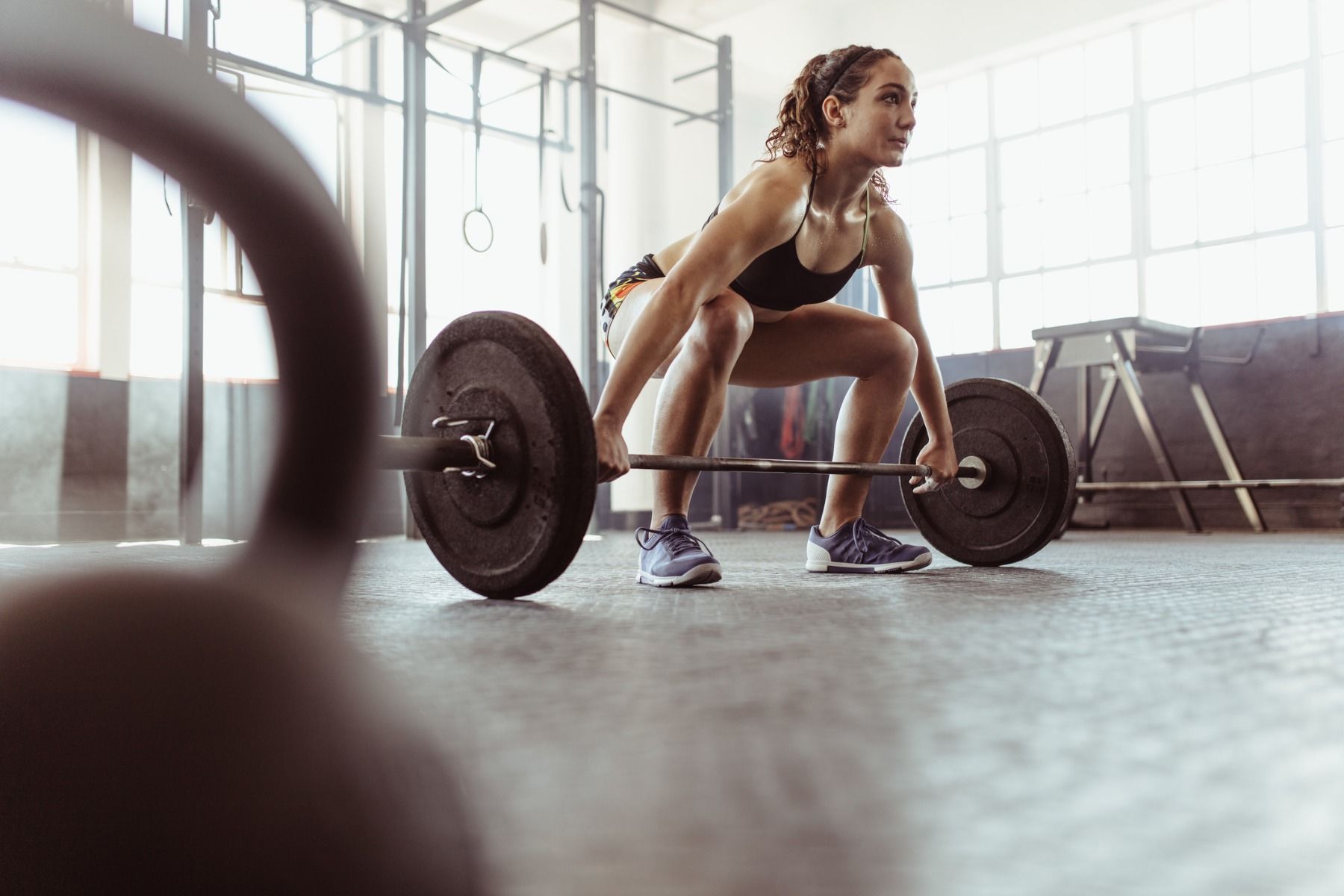
4. Bench press
Another strength exercise is the bench press, which is used as a primary exercise to practice breast muscles and, to some extent, deltoid muscles and triceps. As with squatting, the bench press can also be performed in different variations to always reach a different part of the chest. More precisely, presses on the flat bench will hit the middle of the chest, the presses on the inclined bench will practice the upper part of the breast muscles (and the serratus anterior muscle), while the presses on the inclined bench head down will hit the lower part of the breast muscles. A large barbell or one-arm dumbbells may be used to perform this exercise, while a large barbell is recommended. Performing one-arm dumbbells exercises requires more stability.
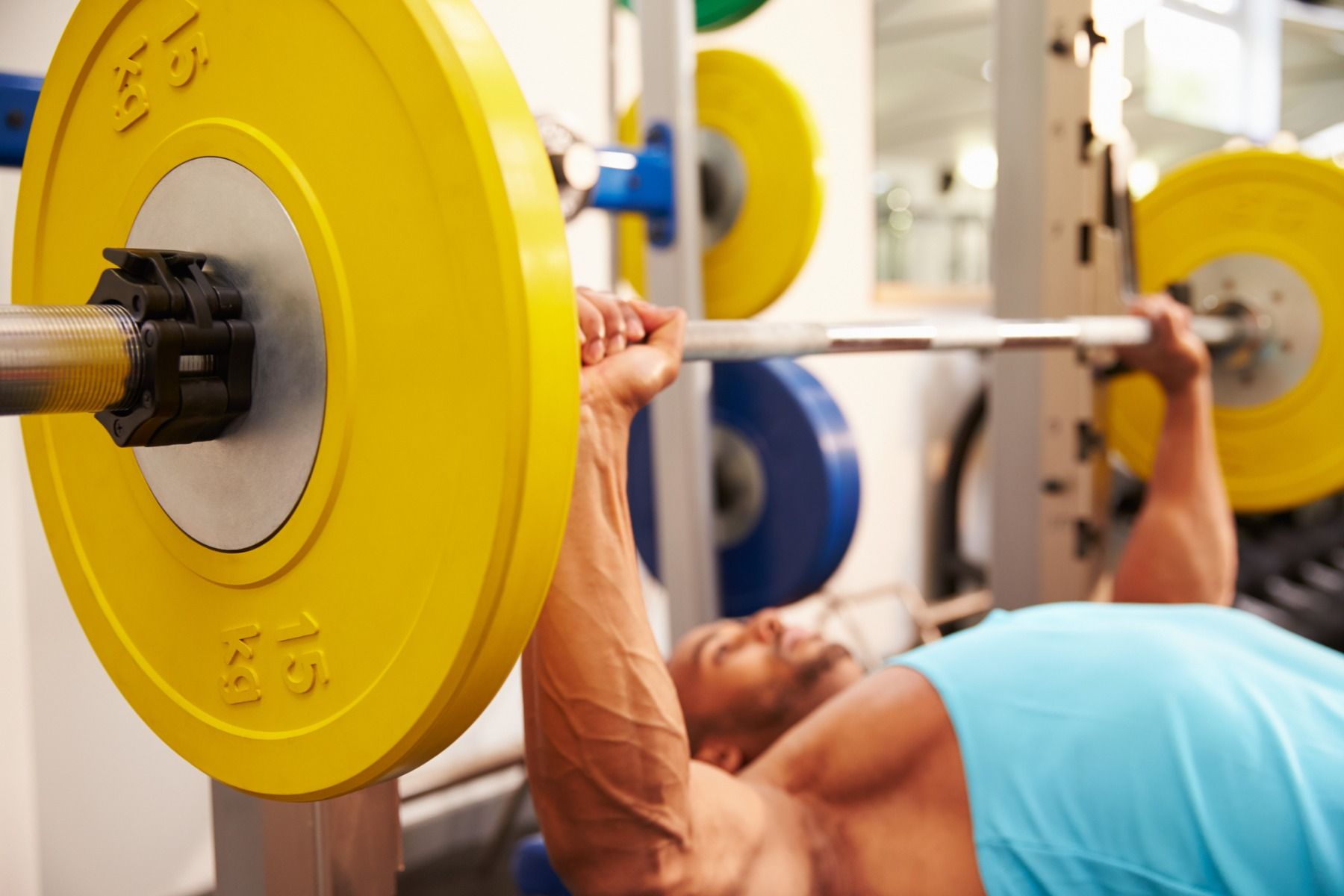
Changes in gripping the dumbbell rod can also affect which muscle will be involved in the exercise more – the wider grip of the rod will focus on the chest itself, while the narrower grip will engage the triceps. A variation with a narrow grip is a great exercise if your workout is focused on triceps training.
5. Barbell Bent-Over Row
Right after the lower part of the body, the back is the largest muscle group of the upper body that includes the entire area from the top of the trapezes to the hips. Barbell Bent-Over Row exercises just the back. Even better than traditional overgrip is doing Barbell Bent-Over Row with undergrip that engages more muscle parts.
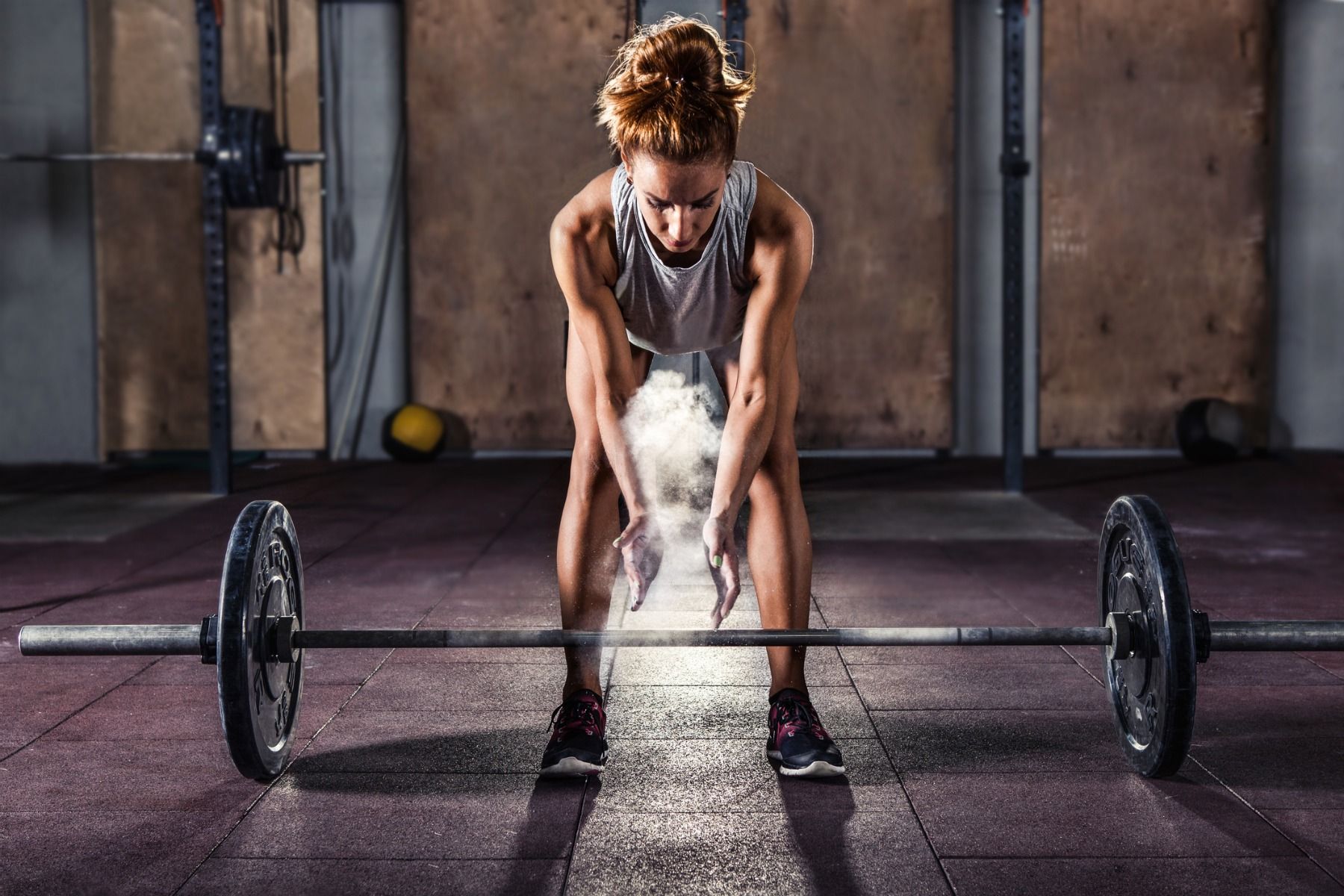
A classic grip should be used for this exercise, depending on the width of the grip you engage. The wider grip exercises the widest back muscle more, the narrower grip will hit the trapezes and neck muscles. Legs can stay on the ground or place them in a raised position on the bench to further increase exercise intensity.
6. Pull-ups
In contrast to the Barbell Bent-Over Row, the pull-ups are the most complex exercise for back muscles – especially for the larger back muscle – hit all the back muscles, from the wide part of your trapezes and the widest back muscle to the waist and lower back. You can hit these muscles by changing the variation of the bends. There are many variations of pull-ups that you can use – through the use of your own weight and machines, to adding extra weights in the form of weights or chains that you tie around your waist.

You have the option of a wide and narrow grip, your hands can be in overgrip or undergrip. You can perform half repeats that are focused on your back with a bigger emphasis on biceps, full pull ups with balanced elbows, and pull ups where you lift yourself until your shoulders touch the bars.
7. Military Press
Or otherwise called a shoulder press, they focus on deltoid muscles and this exercise is generally done in a standing position. This will also help you to strengthen the entire body, instead of using the bench as an aid. As with squats, deadlifts, and barbell bent-over rows, the centre of the body is activated during this exercise. You can use a large rod or one-arm dumbbells. However, it is recommended to choose a large rod, as movements that are not one-sided can lead to muscle disbalance. You can also exercise presses overhead or behind your head. Overhead presses are only for people who already have exercise experience because there is a great risk of injury if the exercise is not done properly.
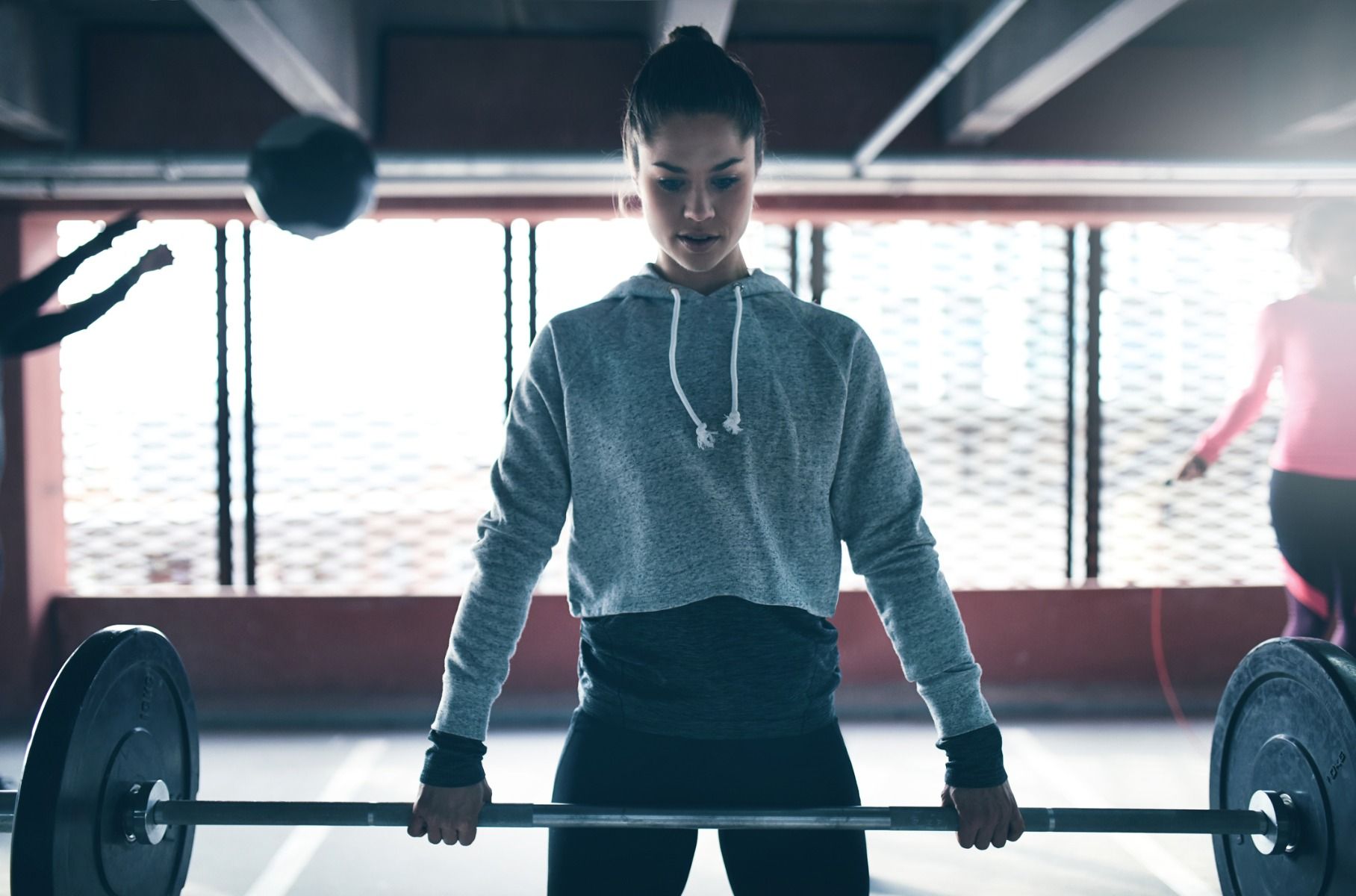
8. Bar Dips
Parallel bars cranks are the best exercise you can do to practice your triceps. Beginners can start doing pushups with hands on the bench and feet on the ground. With the experience gained, you can move to the parallel bars and add weight. Experienced exercisers can add extra weight by holding the weights with their feet or attaching weights to the workout belt.
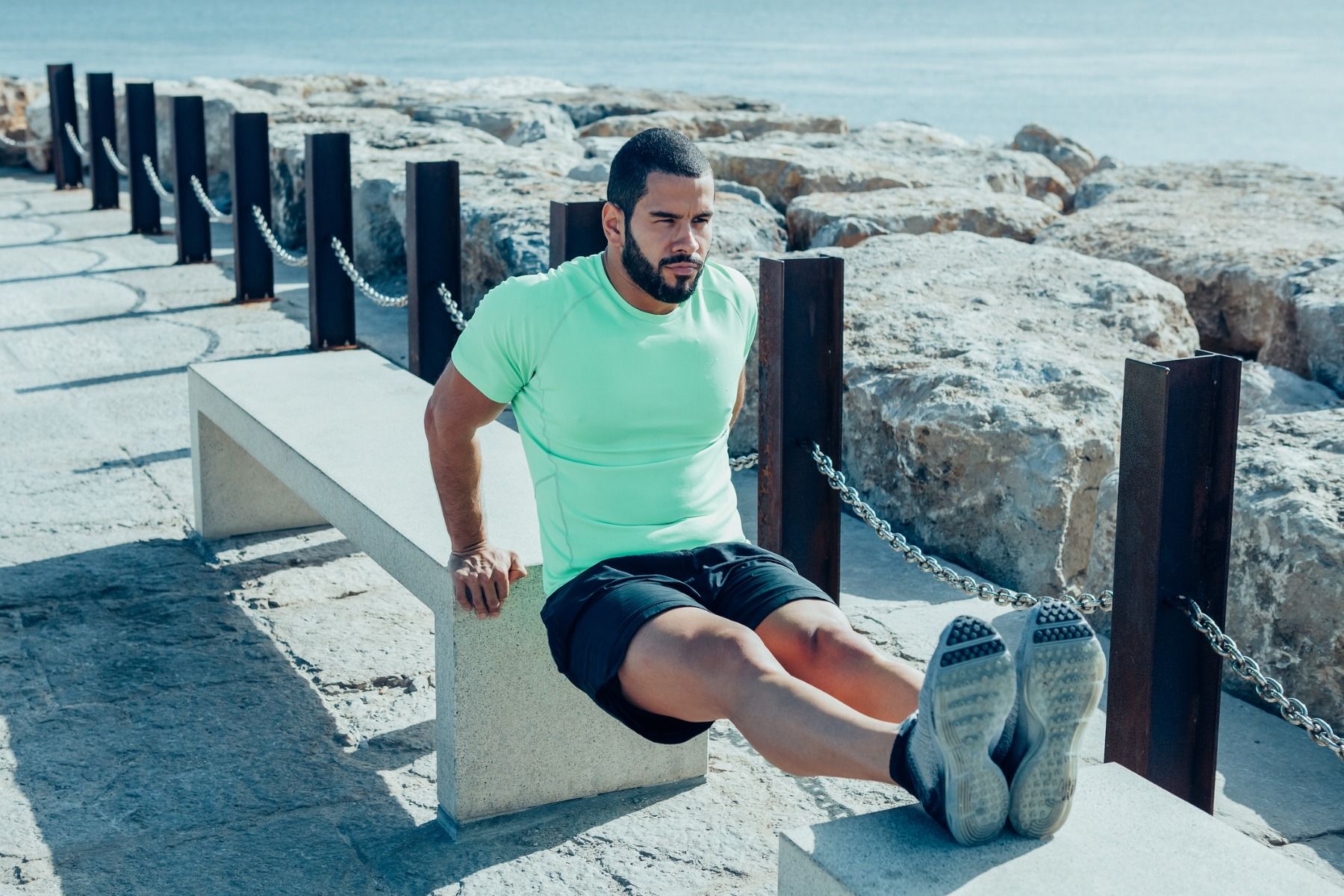
Fast or slow cranks, both work out your hands and you will feel “burning” during the eccentric phase of the exercise. You can change the position of the shoulders width from normal to wide. To focus solely on the triceps, you should do the cranks on the parallel bars with a balanced body and a gentle tilt of the upper body, which will engage the chest muscles even more. Parallel bars cranks can also contribute to the strength gain by the bench press.
Training plan example
The fact whether you are a beginner or an advanced exerciser will decide on how your training plan should look.
Beginner
2 to 3 days of training per week will be adequate for the beginner, but it is recommended to practice 3 days a week to gain fitness and get into a new regime. Each muscle group should be trained once a week to provide enough time for the muscles to recover until the next workout.
It is recommended to use full-body training, whether you train two or three days a week, because this type of training increases anabolic hormone production more than just training the upper and lower body alone. Whole-body training engages more movement activities in one series and increases neurological activity that guides the body to work more efficiently, making it easier to burn fat.
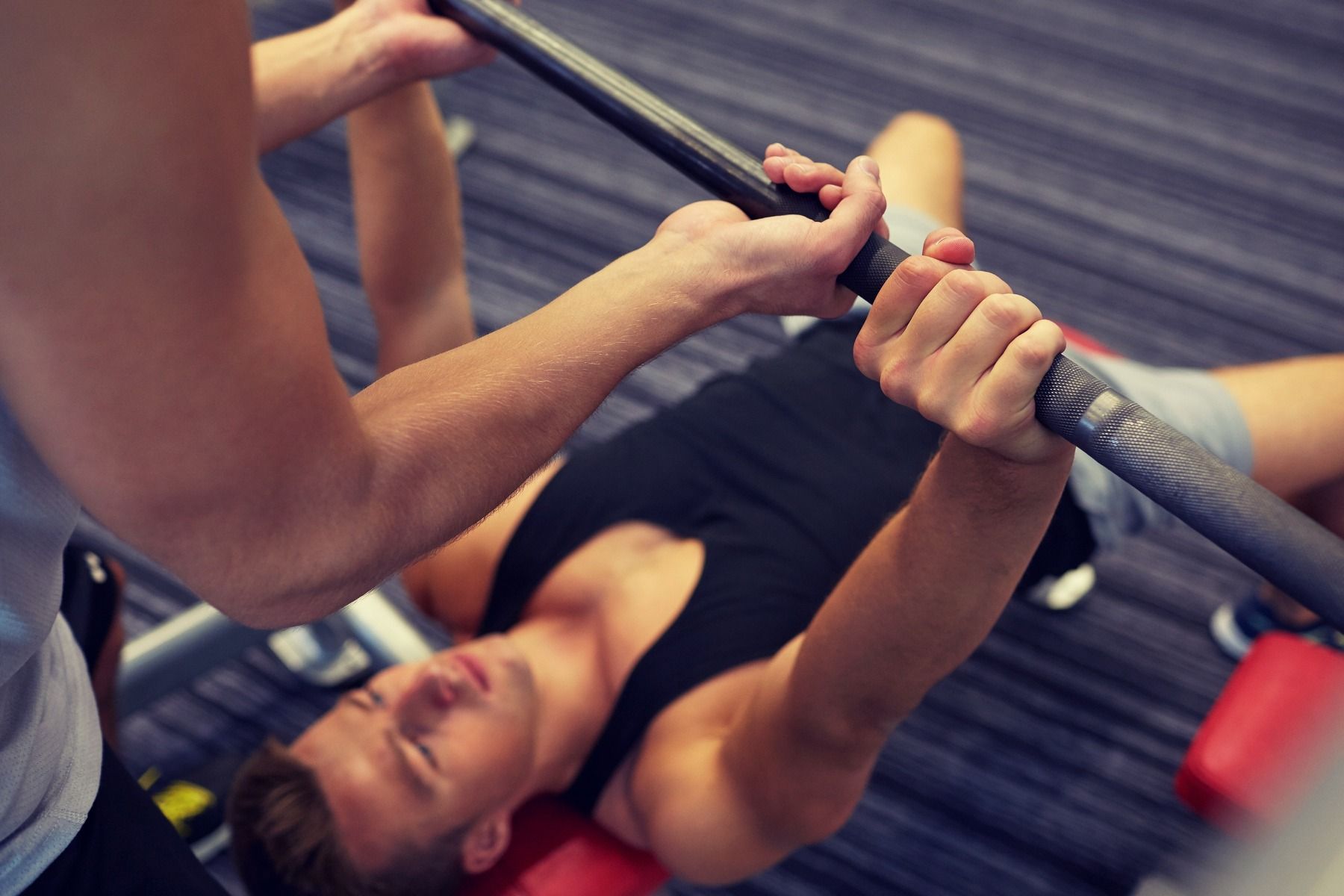
Example of a training plan for a beginner
2-day split:
- pulling up exercises / presses
- whole-body training / whole-body training
- lower body / upper body
3-day split:
- whole-body training / whole-body training / whole-body training
- lower body / upper body / whole-body training
If you are a beginner, make sure that you always exercise properly to avoid injury. All reps should be controlled and with good technique. It’s not about how much weight you can lift, but the way you lift it. It is even recommended that you start with a personal trainer who will teach you the right technique.
Advanced
More experienced spostmen can perform a workout for every muscle part more than once a week, so if the body gets enough regeneration of individual muscle groups, training 3 to 5 times a week is appropriate. Many advanced exercisers only enjoy a day off from exercise. They perform cardio training during less demanding workouts.
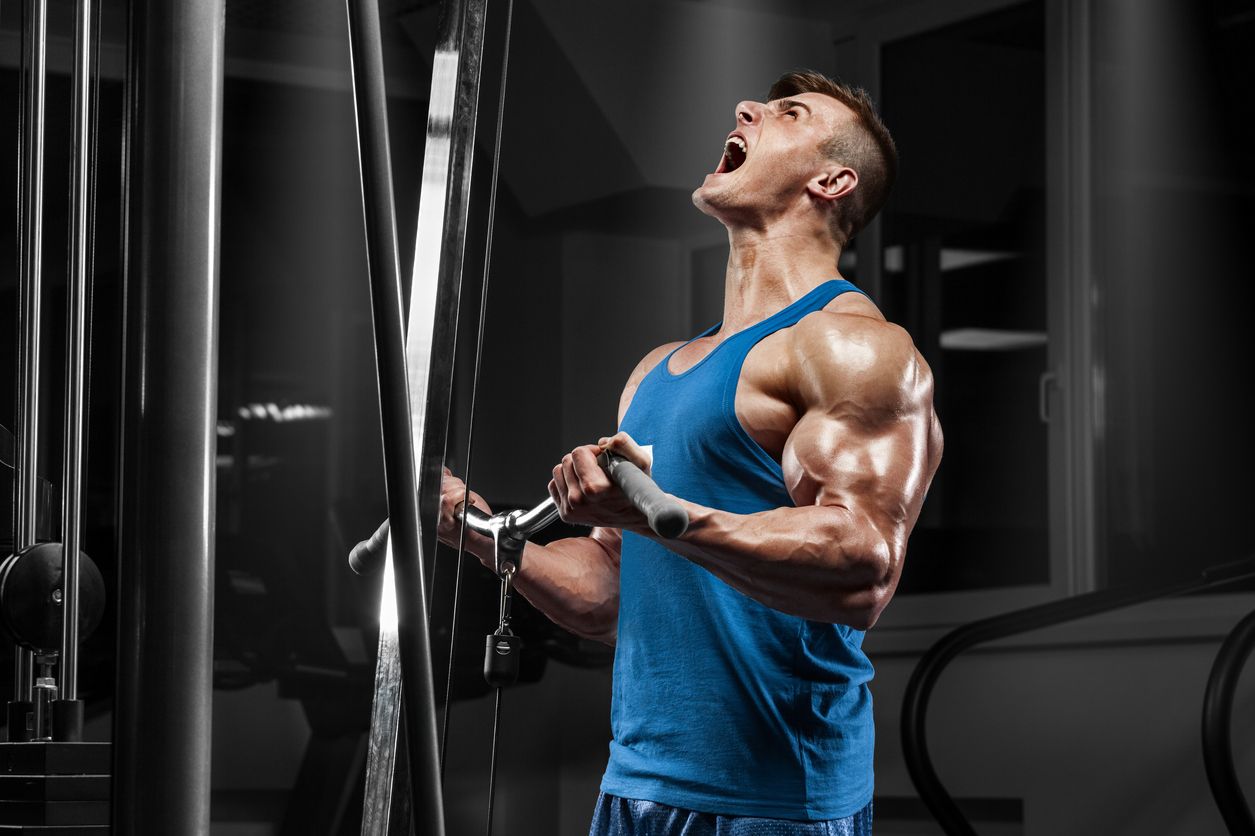
Example of a training plan for advanced ones
4-day split
- pulling up exercises / presses
- pulling up exercises / presses
- legs and abdominal muscles / back and biceps / chest and triceps / shoulders and trapezes
5- day split
- legs / back / chest / shoulders / hands
- quadriceps and abdominal muscles / calves and abdominal muscles / back and chest / shoulders and trapezes / hands and calves
Remember, even if you are an advanced exerciser, you should change your training program every 4 to 6 weeks.
Summary
To shape your muscles, you must first focus on your diet. When you solve your diet, then you should go all-out in your training. For fat loss, durability training is more important and more effective than cardio exercise and should be part of your training regime.
So, there are 8 basic exercises that should be included in your durable training program: squats, deadlifts, power clean, bench press, barbell bent-over row, pull-ups, military press, and parallel bars cranks. Squats and dead lifts are the two most important of these exercises that should not be missed in your training plan. Power clean offers whole body exercise. The bench press, barbell bent-over row together with the pull-ups offer exercising all the back muscles. Of course, the parallel bars cranks and the presses with the big barbell over your head will not omit your hands and deltoid muscles.
With these 8 exercises in your durable workout coupled with cardio (make sure you perform a high-intensity cardio workout that is more effective than long and slow cardio) and a balanced diet, you’ll be perfectly prepared to shape your muscles!

